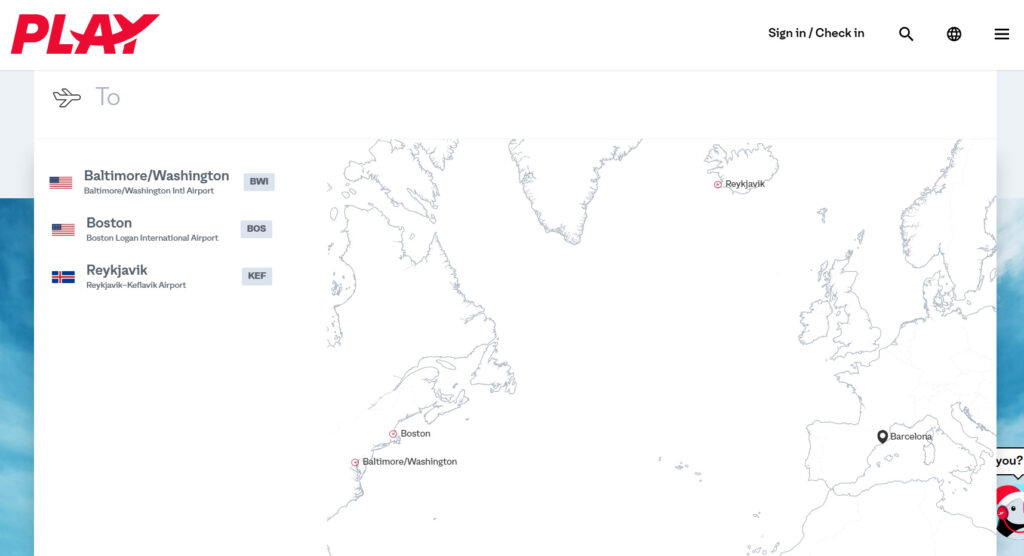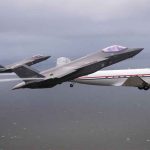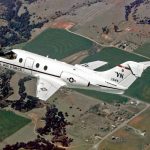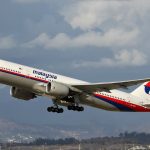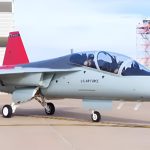It is no surprise to anyone that PLAY, Iceland’s latest startup airline, has launched with many doubts from analysts and seasoned industry leaders alike. After all, its business model is exactly what took WOW air to collapse two years ago; a low-cost carrier based in Keflavík trying to make money from budget transatlantic travelers.
While its first months of operation have been Iceland-centric, focusing on the outbound travel from the country to Europe, this week PLAY started to unveil the hub-and-spoke phase of its project.
The destinations? Boston and Baltimore.
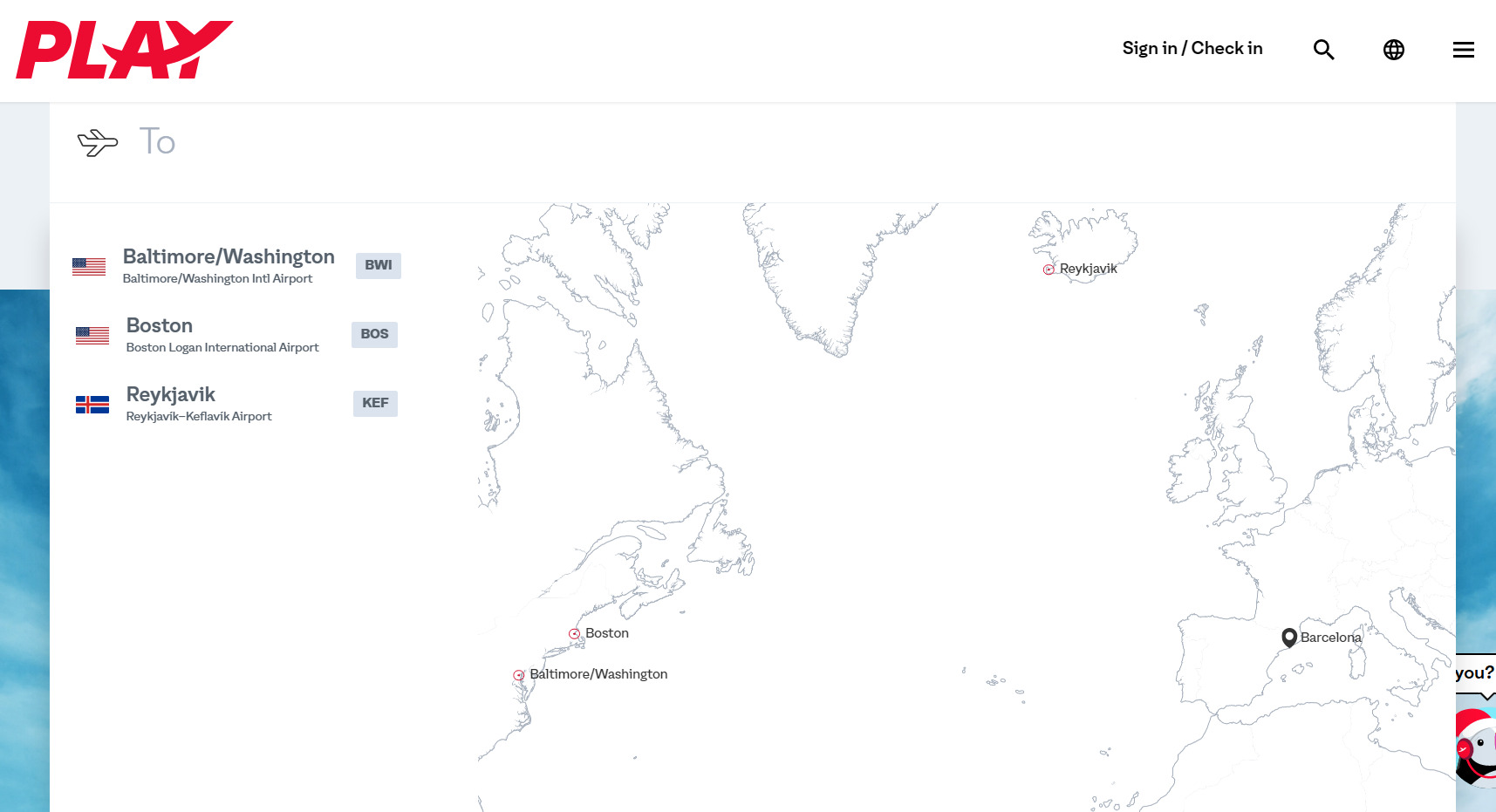
So far, therefore, no surprises; both are major cities in the East Coast of the US, providing quick flights – perfect for the A320/A321neos that compose the airline’s fleet – combined to a seamless connection in Keflavík at a fair price, which should be Play’s greatest attractive.
But that sounds like a pretty old movie – and one that was watched before, with a bad ending of all things. WOW air started operations in 2012, launched its transatlantic hub in 2015 and, after a meteoric growth, went bust in 2019.
The Boston Globe cleverly asked in its headline announcing the new services that «Boston is getting a new low-cost airline from Iceland. Can this one actually survive?».
Boston and Baltimore, coincidently or not, were WOW’s first US destinations, back in 2015 – and even the same reporter that wrote to The Boston Globe about PLAY, Cristopher Muther, covered the airline back then. And it’s interesting to read, in retrospect, his feature about the experience of flying WOW, back in 2015.
Six years ago, he said he «didn’t mind the extra fees because my round-trip flight to Copenhagen was still less expensive than any other flight I could find».
That’s exactly where PLAY is looking at – so the question Muther asked becomes unsurprisingly valid and reasonable; the more we see, the more both airlines look alike.
But in the latest article he interviews PLAY’s CEO, Birgir Jónsson – which, by the way, was the deputy CEO of WOW – and he says why his airline should succeed: in short, because it does not to get greedy as WOW did.
Let’s take this initial phase of WOW’s Keflavík hub.
With the help of Cirium’s Diio Mi application, Aviacionline picked a day of PLAY’s operations in the middle of July – July 15th, to be more precise, in what will be the Summer season for Transatlantic travel.
Within twenty minutes, four aircaft will arrive in Iceland’s largest airport; flights from London (Stansted), Berlin, Copenhagen and Paris.
In the next hour, the following flights start to take-off; the most important ones for the hub, Boston and Baltimore, but also flights to Barcelona, Madrid and Palma de Mallorca, which do not connect with the inbound flights in the airline’s booking system.
So all in all, four flights will feed two – so there is also plenty of reliance on traffic that does not connect through Iceland. This is how the airline has been running so far.
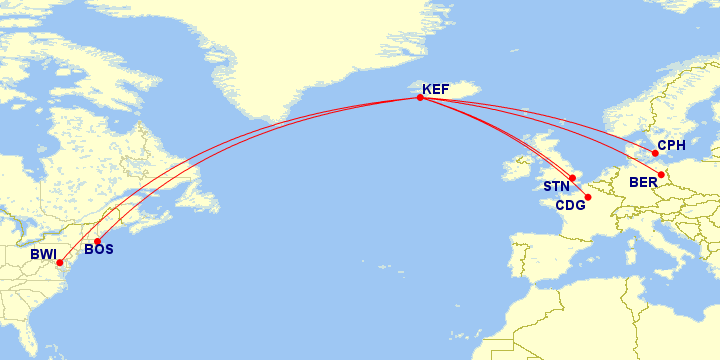
The destinations vary according to the day; however, Baltimore and Boston are always there, with daily runs. PLAY’s strategy, therefore, is to leverage this diversity to passengers in both sides of the Atlantic; while US passengers will have lots of destinations in Europe to choose from, Europe passengers will have the certainty that, in the days PLAY flies to their cities, they’ll count with connections to both Baltimore and Boston.

Also, at this start, naturally few cities would support daily flights to PLAY – and nor PLAY would have a fleet to do so.
That ultimately is something good. From the day WOW air stopped flying, it was clear that its biggest mistake was trying to go big – and even its founder and CEO recognized so in an interview to the Financial Times in the day after the bankruptcy.
WOW brought a number of Airbus A330 and launched services to the West Coast of the US and even to India, an investment that proved to be fatally wrong in a bad pricing environment and with increasing oil prices.
But ultimately that’s why PLAY’s executives don’t necessarily hide the fact they are using some pages from WOW’s playbook; they indeed are, it’s just that they’re trying to use the ones that worked before – and they left this very clear from the off.
Now if that will work after a pandemic that shattered air travel – and especially international air travel for that matter, that’s another discussion.

